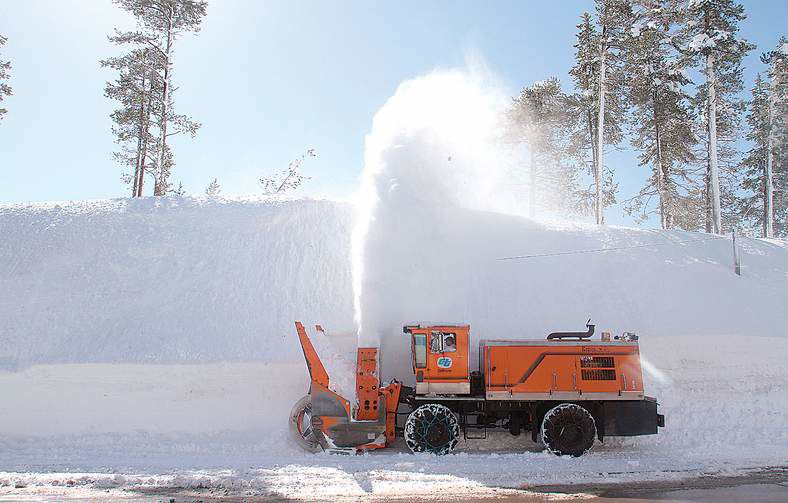Snow-heavy winter storms douse California’s dry spell
Published 5:00 am Thursday, March 31, 2011

- A California Department of Transportation snow remover clears a road near Soda Springs, Calif., on Monday. Near- record snow in the Sierra has made travel difficult.
SODA SPRINGS — A drought that loomed over some of California’s most fertile farmland officially ended Wednesday after a winter of relentless mountain storms that piled snow up to three stories high and could keep some ski resorts open until the Fourth of July.
More than 61 feet of snow has fallen in the Sierra Nevada high country so far this season, second only to 1950-51, when 65 feet fell, according to records kept by the California Department of Transportation. And more snow is possible in April, raising the prospect of an all-time record.
When it melts, the snow will bring relief to hundreds of communities and many farms that provide fruits and vegetables to the nation.
State of emergency
Gov. Jerry Brown on Wednesday repealed a statewide drought declaration made in 2008 by then-Gov. Arnold Schwarzenegger, who called for a state of emergency in February 2009 after three years of low water levels.
Brown acted after state officials reported the water content in the Sierra snowpack at 165 percent of normal for this time of year. That is one of the wettest winters since 1970, according to the state Department of Water Resources.
It trails only 1983, when the water content in the snowpack was 227 percent of normal, and 1995, which was 182 percent of the average for the end of March.
The wet winter means state and federal water agencies will be able to provide more water to urban and agricultural areas as the snowmelt fills reservoirs this summer.
The Sierra snowpack is crucial for California’s water supply. As it melts, it feeds a vast system of lakes and aqueducts that move water from the north through the agriculturally rich Central Valley and eventually to Southern California, where most of the state’s residents live.
Dry winters the past three years meant water managers could deliver only between 35 percent and 50 percent of the amount requested by cities and farms. That, combined with federally mandated pumping restrictions to protect a threatened fish, forced growers to leave thousands of acres unplanted and to lay off thousands of farmworkers.
Some cities imposed conservation measures that included restrictions on watering lawns.
Now the snow has piled as high as the power lines in some places and has been so deep throughout most of the 400-mile mountain range that it caused roofs to collapse. Some ski resorts had to close temporarily when they received more snow than they could handle.
Chris Rivest’s father sent him from San Francisco to the family vacation cabin near the Sierra Nevada crest with a seemingly simple chore — clear it and the driveway of snow.
When Rivest arrived earlier this week at the A-frame near Soda Springs, about 90 miles northeast of Sacramento, the snow was at least 10 feet high on the deck.
“My dad wants me to clear the deck,” the ponytailed 21-year-old said Monday, as he labored to clean up the driveway with a snow blower. “How do I even begin to do that? Where would I put the snow? This is absurd.”
Snow tunnels
Seasonal snow accumulation records already have been set at some ski resorts, including Squaw Valley USA near the north shore of Lake Tahoe, Heavenly Mountain Resort on the lake’s south side and Mammoth Mountain, the sprawling Eastern Sierra resort that attracts Southern California skiers and snowboarders.
At Squaw Valley, home of the 1960 Winter Olympics, ski patrol guides had to create tunnels just to reach their warming huts, and avalanches broke out windows at two lift stations, said Wes Schimmelpfenning, a 68-year-old patrolman who has worked there for 48 years.






